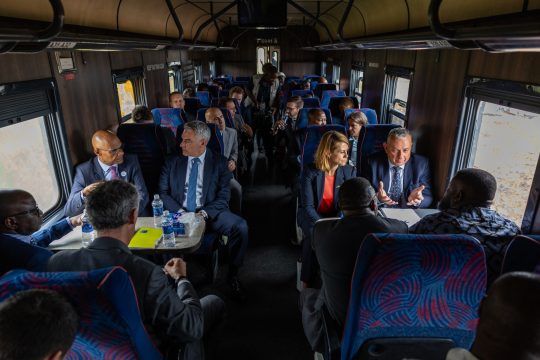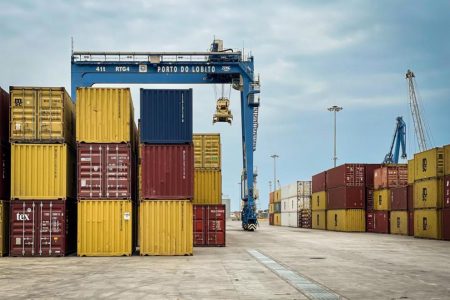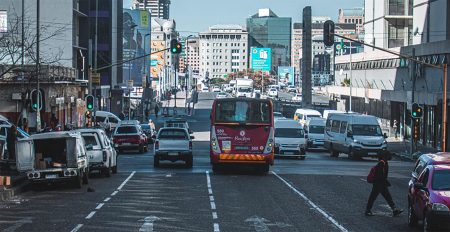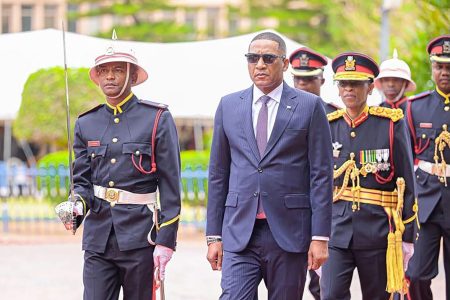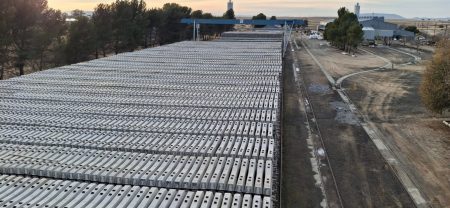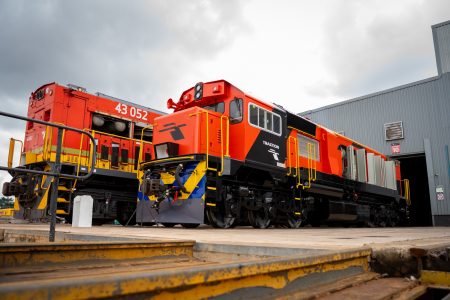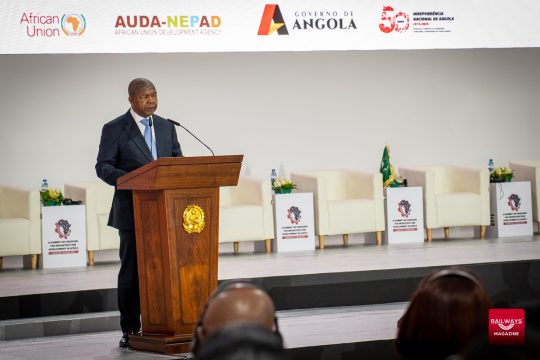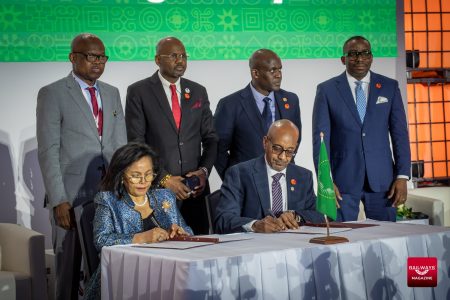This content is for Premium Subscribers only. To view this content, login below or subscribe as a Premium Subscriber.
Related News Articles
2 min
EU Boosts Zambia’s Rail Revival with €50 Million Investment
14 November 2025
SADC, Zambia
2 min
EU Expands Engagement in the Lobito Corridor under Global Gateway Initiative
14 November 2025
SADC, Zambia
2 min
Advancing Urban Mobility: SAICE’s Perspective on Integrated Public Transport in SA
14 November 2025
SADC, South Africa
5 min
Grindrod Resumes Expansion at Its Matola Terminal with Official Groundbreaking Ceremony
14 November 2025
SADC, Mozambique
1 min
Botswana Plans Major Shift in Infrastructure Development Approach
14 November 2025
SADC, Botswana
1 min
Traxtion – Still on Track, Still Driven, 38 Years of Excellence
14 November 2025
SADC, South Africa
3 min
DP World on Rail, SEZs and Enabling Efficient Trade Across Africa
14 November 2025
1 min
World Bank Group Launches the Network for Impact in Africa (NIA)
14 November 2025
1 min
Canyon Resources Receives Critical Mining Permit for Minim-Martap Bauxite Project
14 November 2025
Central Africa, Cameroon
2 min
Lucchini South Africa Benefits from National Industrial Participation Programme (NIPP)
07 November 2025
SADC, South Africa
4 min
Abidjan Sustainable and Integrated Urban Mobility Project (PMDIA)
03 November 2025
West Africa, Côte d’Ivoire
1 min
